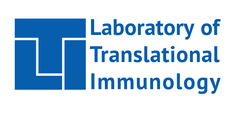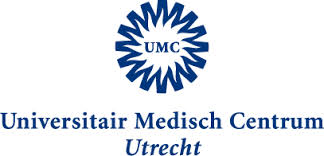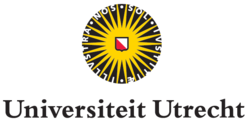
Utrecht Center for Quantitative Immunology
 |
Johannes TextorTheoretical Biology and BioinformaticsFaculty of Sciences Utrecht University |
|---|
The immune system is one of the two important cognitive systems in the human body. But how does the immune system process and react to information? To understand this better, I apply computational and mathematical models. Two main focus areas of my research have been lymphocyte migration -- how do distributed lymphocytes collectively protect us from infections? -- and thymic selection -- how do T cell repertoires learn to attack pathogens while tolerating self?
Computational models ultimately have to be validated using experimental data. Modern experimental methods often provide a lot of important information than cannot be extracted using old-fashioned statistical tools. Therefore, another focus of my work has been to develop more powerful and more valid statistical methods to analyze biological data. Particularly, I worked on analyzing cell tracks from intravital imaging experiments, 3D reconstruction and quantification of anatomical structures, and methods for causal inference from observational data. Lastly, I am keen to put the methods I develop into the hands of working experimentalists, and have therefore written some pieces of open-source software. My most widely used software is DAGitty, a tool for modeling causal networks.
Five key publications
- Defining the quantitative limits of intravital two-photon lymphocyte tracking. Textor J, Peixoto A, Henrickson SE, Sinn M, von Andrian UH, Westermann J. Proc Natl Acad Sci U S A. 2011 Jul 26;108(30):12401-6. doi: 10.1073/pnas.1102288108
- DAGitty: a graphical tool for analyzing causal diagrams. Textor J, Hardt J, Knuppel S. Epidemiology. 2011 Sep;22(5):745. doi: 10.1097/EDE.0b013e318225c2be
- Textor J, Sinn M, de Boer RJ. Analytical results on the Beauchemin model of lymphocyte migration. BMC Bioinformatics. 2013;14 Suppl 6:S10. doi: 10.1186/1471-2105-14-S6-S10.
- Elberfeld E, Textor J. Negative Selection Algorithms on Strings with Efficient Training and Linear-Time Classification. Theoretical Computer Science, 412(6):534-542, 2011. doi: 10.1016/j.tcs.2010.09.022
- Textor J, Liskiewicz M. Adjustment criteria in casual diagrams: an algorithmic perspective. Proceedings of the 27th Conference on Uncertainty in Artificial Intelligence (UAI 2011), pp. 681-688. AUAI Press, 2011.
Members
Jose BorghansRob de Boer
Julia Drylewicz
Can Kesmir
Aridaman Pandit
Leila Perie
Kiki Tesselaar
Johannes Textor
Nienke Vrisekoop
Research
Epitope identificationLymphocyte dynamics
Lymphocyte migration
Relevance
More
UCQI homePhD students
Open positions/projects
Agenda
Publications (pubmed)


